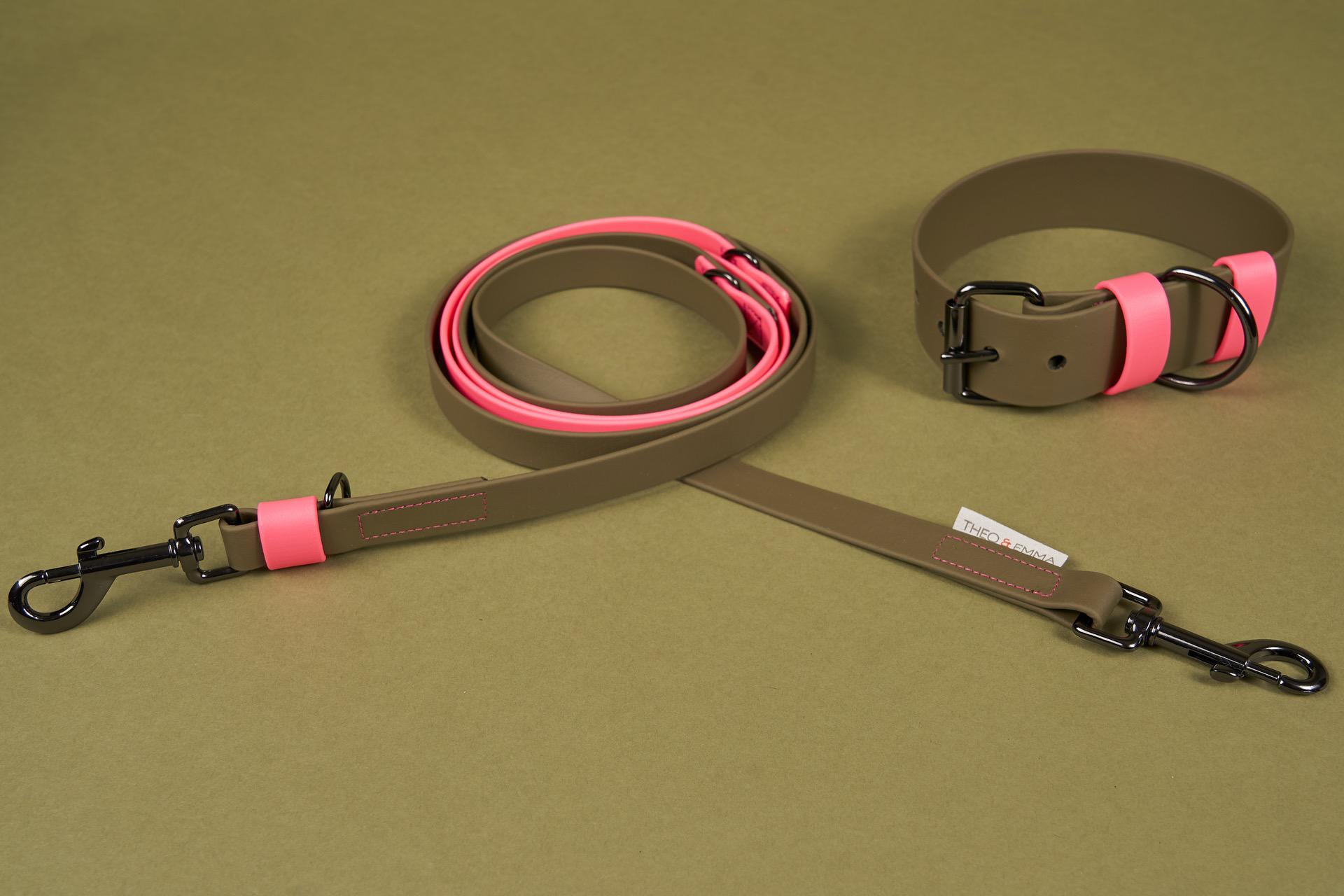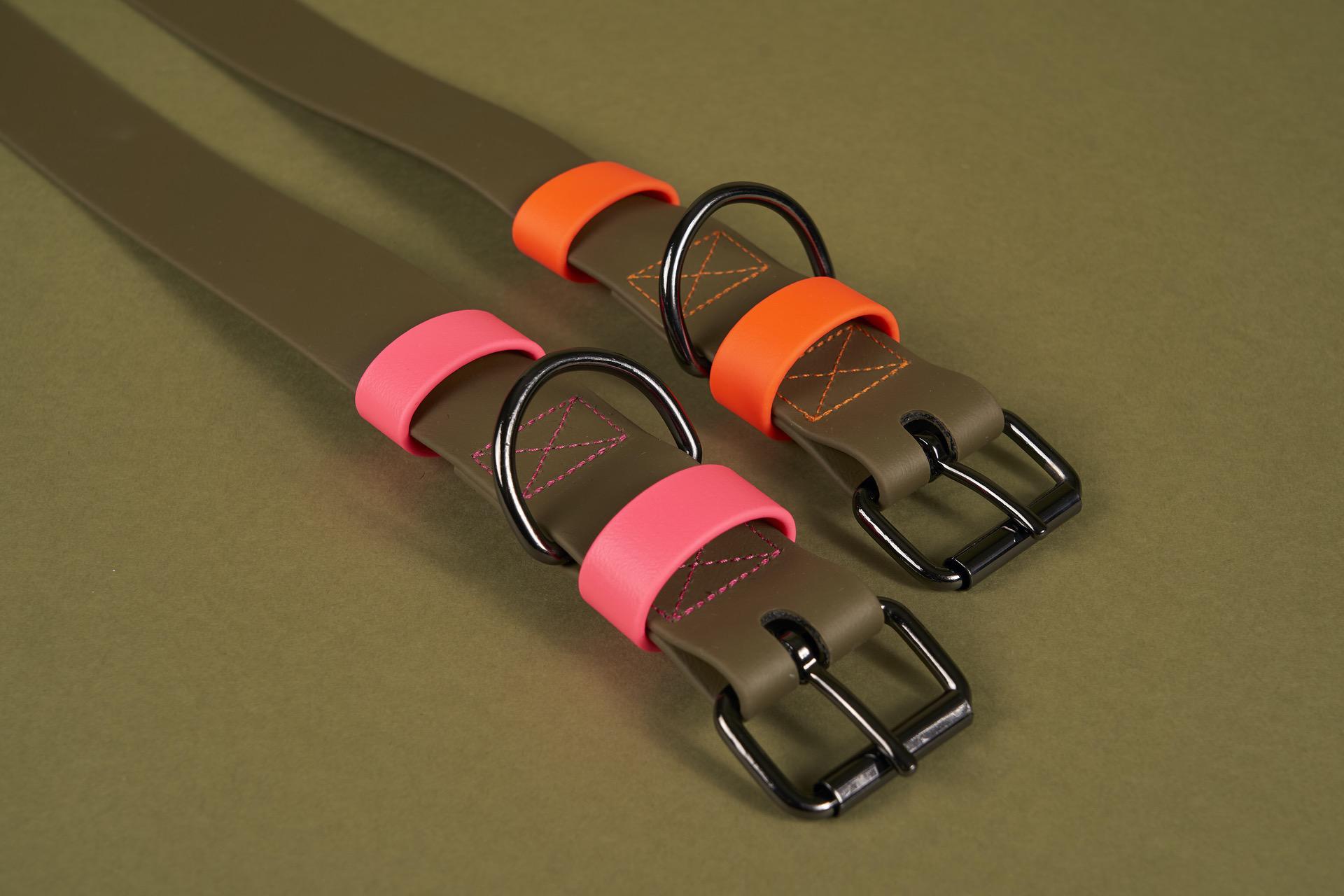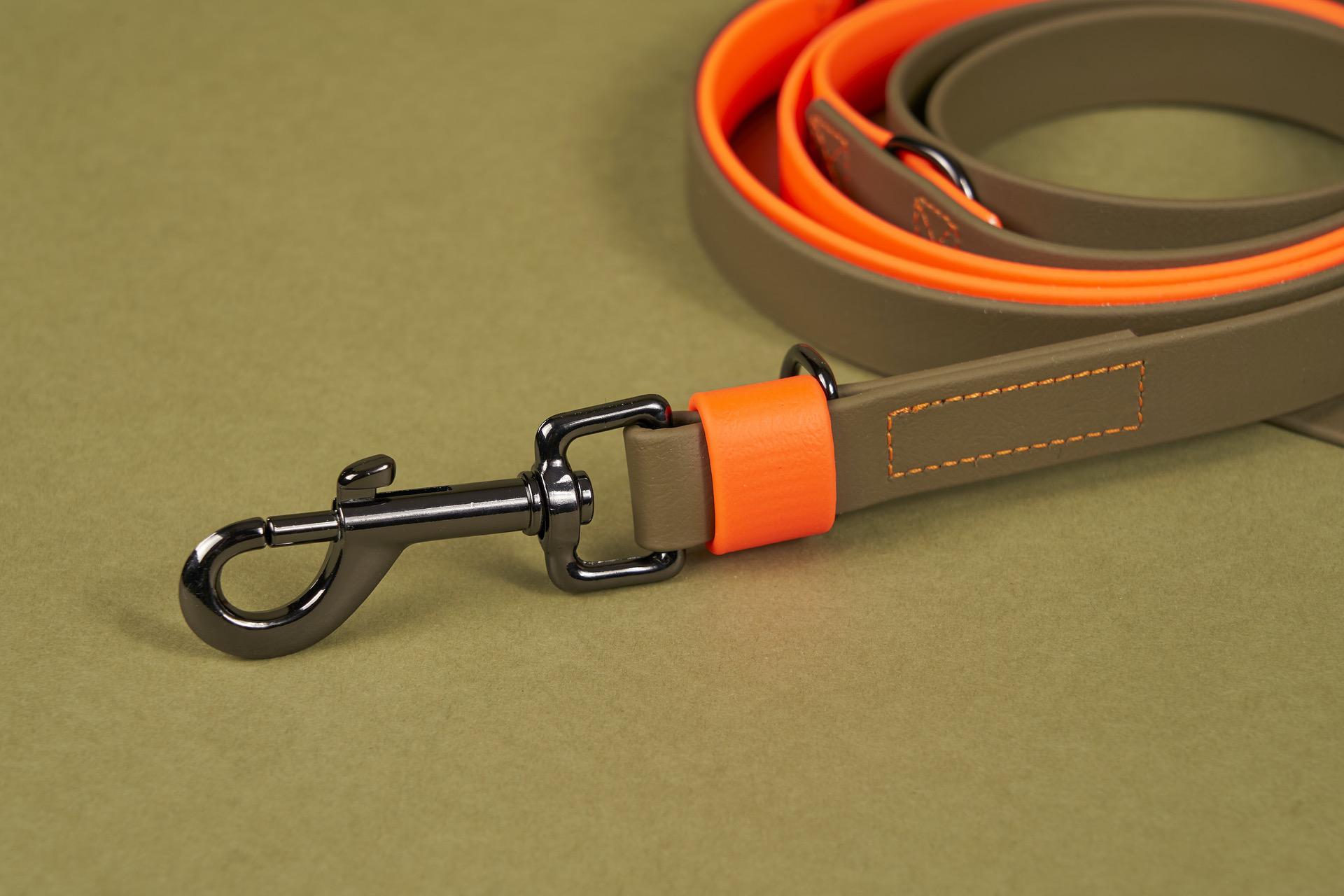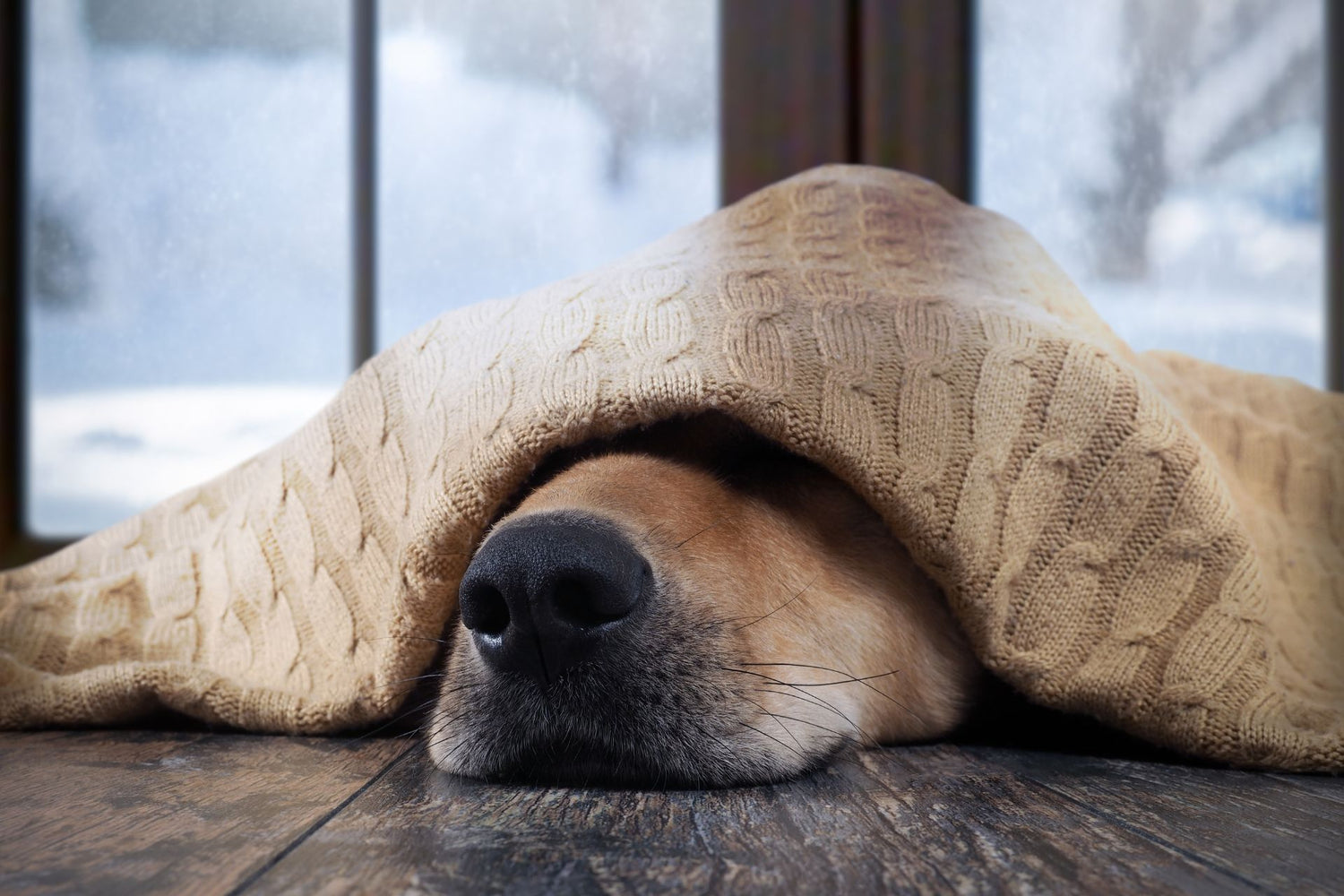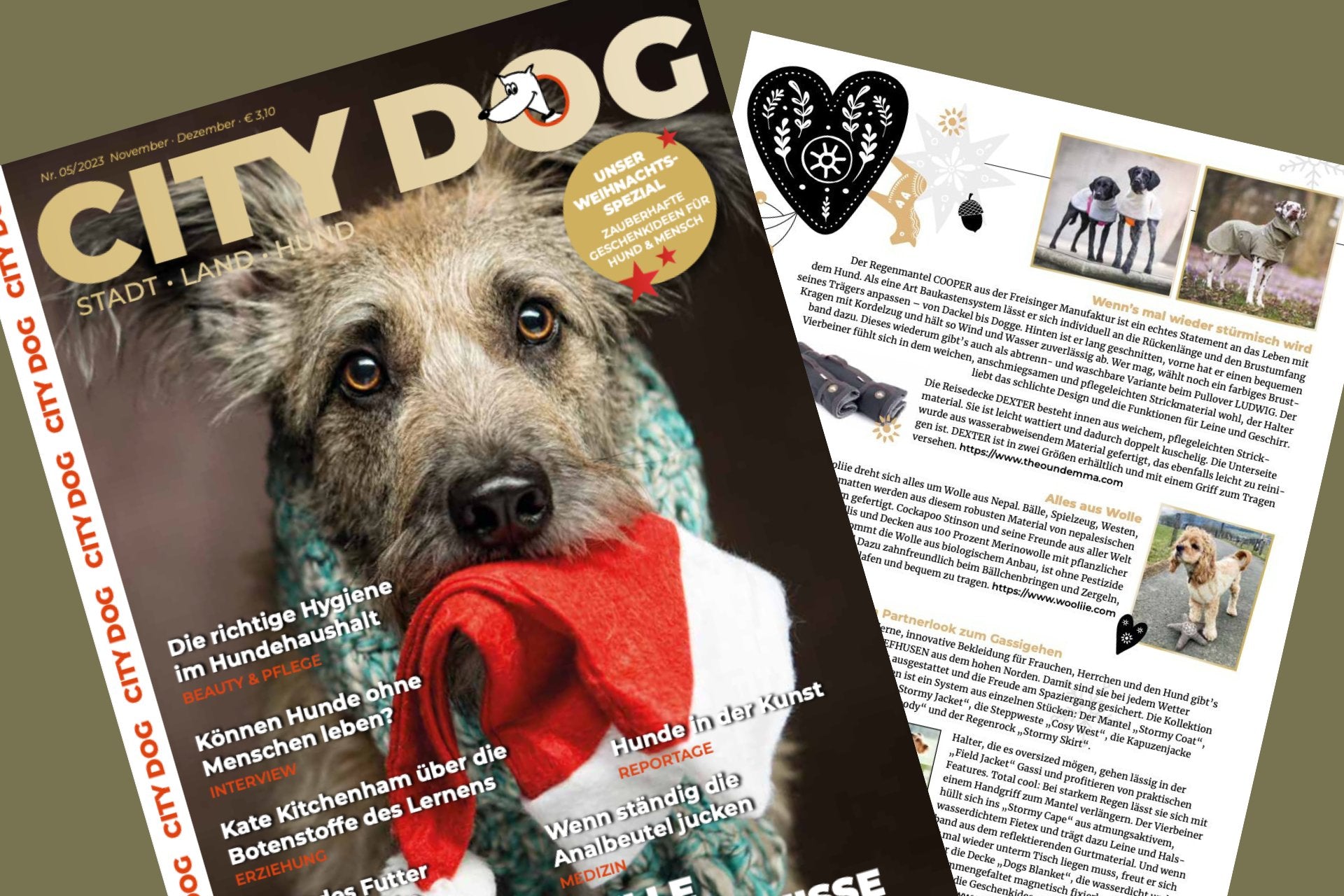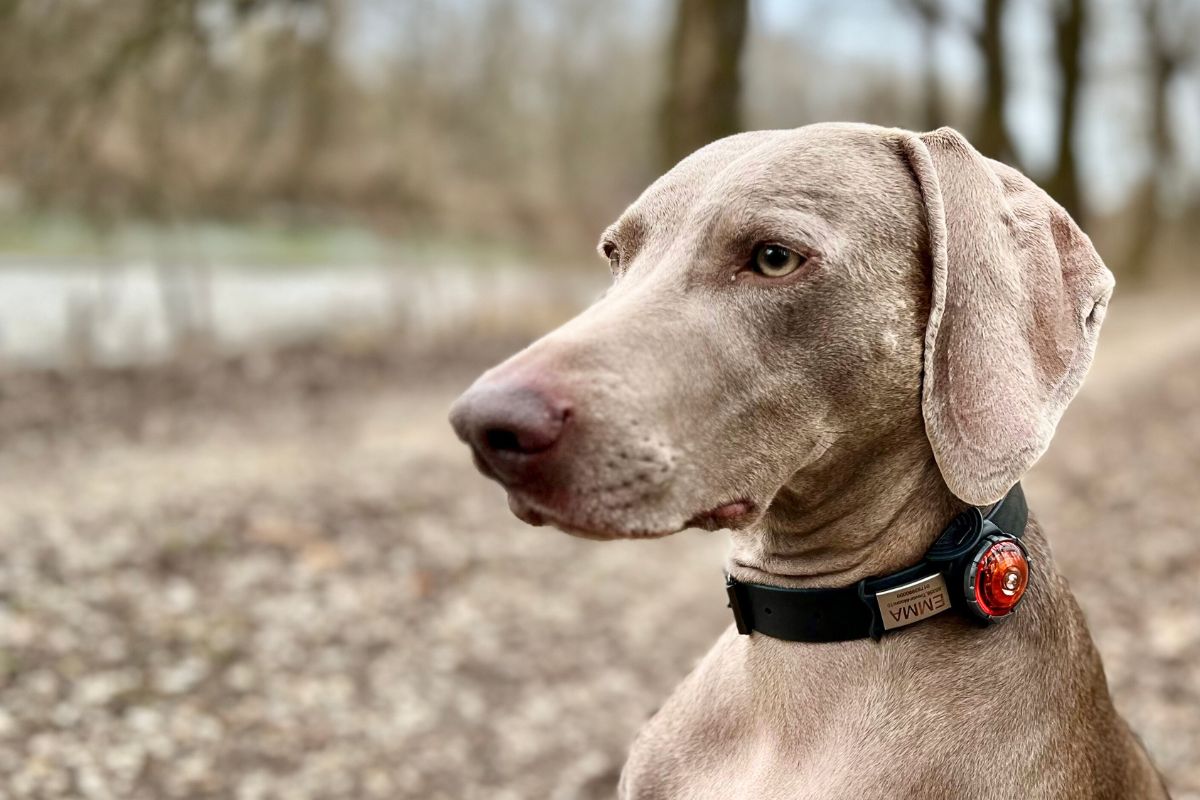Winter temperatures can be really tough on our dogs. Depending on their breed, size, weight and age, dogs can be more or less sensitive to cold temperatures. Puppies, older dogs, dogs with joint problems and dogs with little or no undercoat are particularly sensitive to frost.
But when does it become critical? And can a dog coat help?

Research in focus: dogs’ temperature tolerance
According to researchers, up to 7 degrees Celsius is okay for all dogs. But small dogs could start to freeze at temperatures as low as 5 degrees. Below zero degrees it becomes uncomfortable for almost all dogs, especially for lightweights such as dachshunds, cockapoos, greyhounds or toy poodles. On the other hand, larger fur noses weighing 25 kg or more still feel comfortable. Below -10°C it becomes critical for almost all dogs. Then it's time to get warm!
Recognize when your dog is cold
Is your dog cold? Trembling, tense posture, fur standing up - these are signs that your dog is cold. It's time to act, because your furry friend can catch a cold just as quickly as you! Important to know: Every dog is individual! It is not possible to say generally which furry friend freezes at which temperature. It is therefore important to know your dog well and to be able to assess its behavior in the context of its age and possible illnesses.
Tips for cold days: How to keep your dog warm
When temperatures are frosty, we recommend active walks. You should also make sure that your dog stays dry. Because wetness also cools your dog down. Therefore, dry it if it gets wet. Additionally, a dog coat can help keep your dog warm. Therefore, when buying a dog coat , make sure it has good insulation. While you still need a slightly insulated dog coat at temperatures around freezing point or slightly below, from -5°C you need a more heavily lined dog coat that adequately covers the neck, chest, back and also the rear.

Do small dogs get cold faster than large dogs?
Small dogs in particular are more likely to freeze than medium or large dogs . This is for three reasons:- Smaller dogs have a larger surface area relative to their body weight. Because heat is released through the surface of the body, smaller dogs have a higher surface area relative to their body volume compared to large dogs. This makes it more difficult for them to conserve body heat.
- Larger dogs have greater body mass and more muscle mass that can generate heat. Smaller dogs have less mass and muscle to produce and retain heat.
- Less body mass also means less body fat. Fat serves as insulation against cold. Larger dogs often have more fatty tissue, which helps them to be better protected against the cold.
What should I pay attention to when buying a dog winter coat?
Especially if you have a small dog, you should put an insulating winter coat on him when temperatures drop below freezing. The final decision as to whether your dog needs a dog coat is of course a very individual decision that depends on your dog's age, coat and of course the state of health.We recommend that you first pay attention to the fit when buying a dog coat. A dog coat should not restrict your dog's freedom of movement, fit well on the body and adequately cover the dog's neck, body and rear.
We also recommend dog coats with reflective stripes. This means your dog can be easily recognized even in poor visibility conditions and can get home safely.
The outer material should be durable and waterproof so that the dog does not get wet even in a winter rain shower or fresh snow. An insulating layer ensures that the dog's body heat cannot escape. Choose the thickness of the insulation layer depending on your dog's activity level. It is well known that dog coats that are too thick or too insulated may not make your dog sweat, but can still be too warm. You should therefore take off your dog's winter coat as soon as you have returned to a normal temperature environment.
After all, winter should remain a beautiful and pleasant season for you and your dog.




